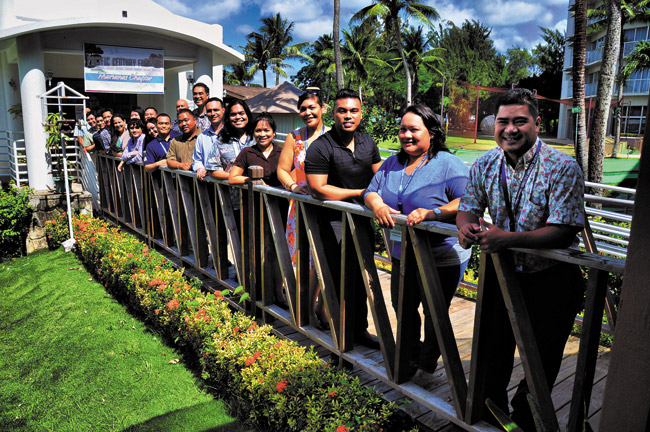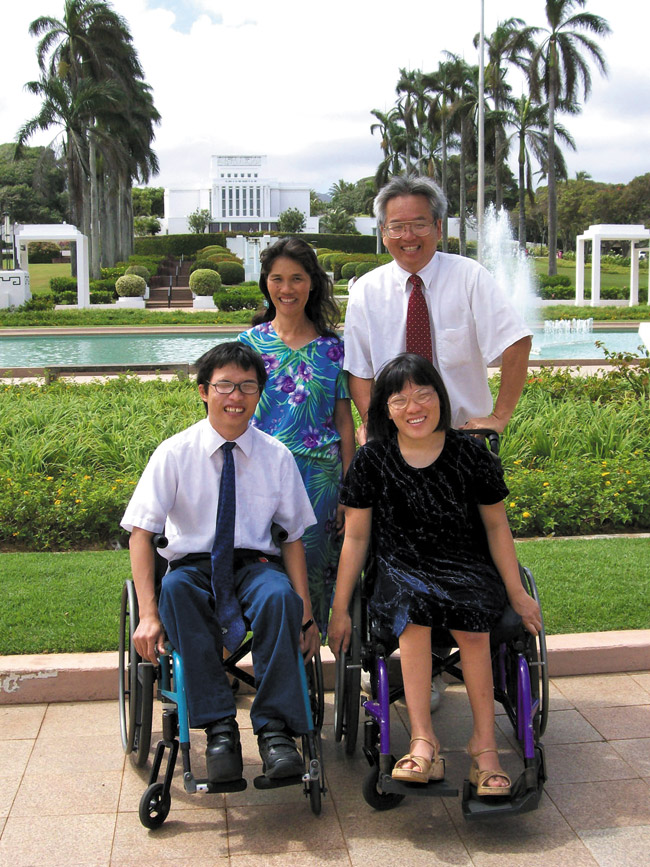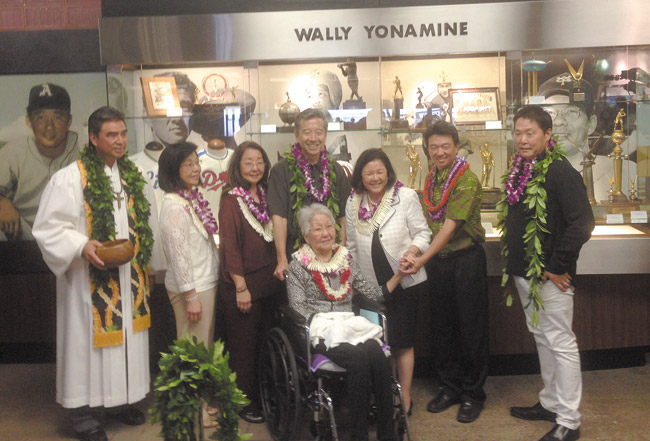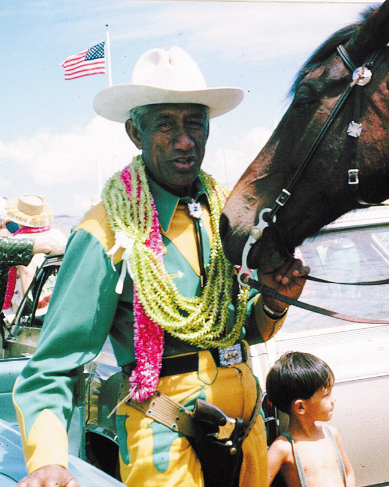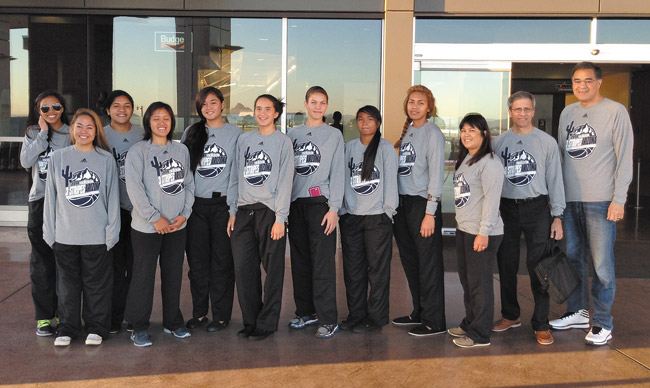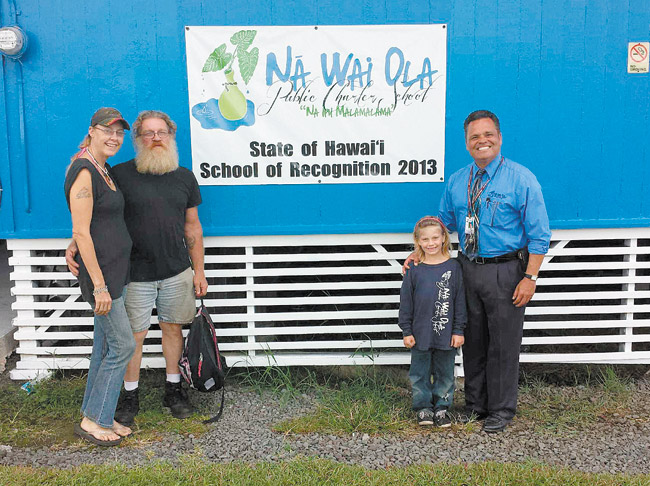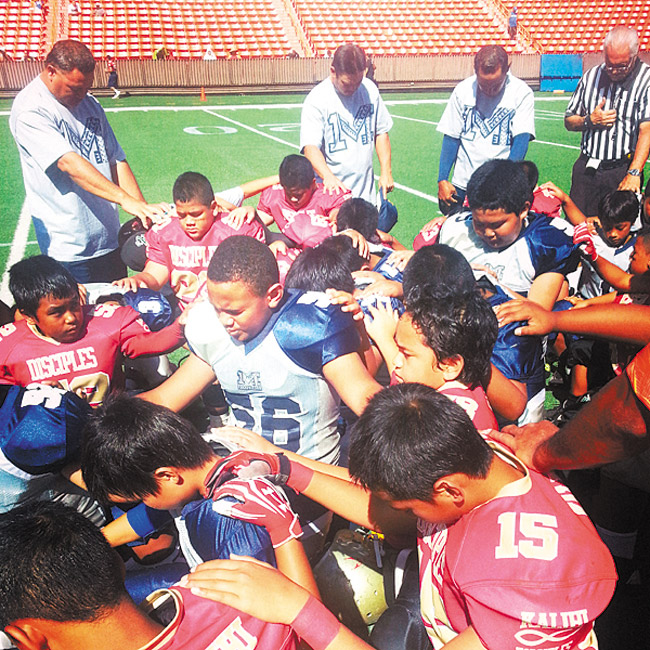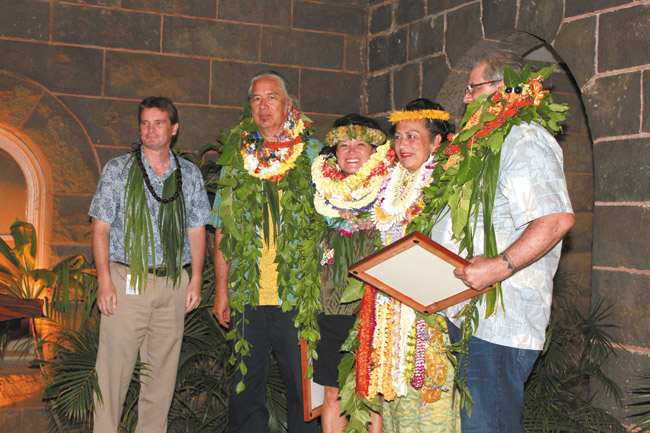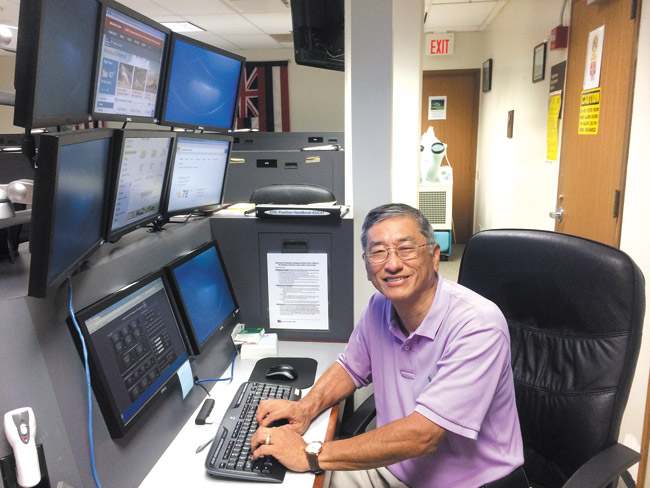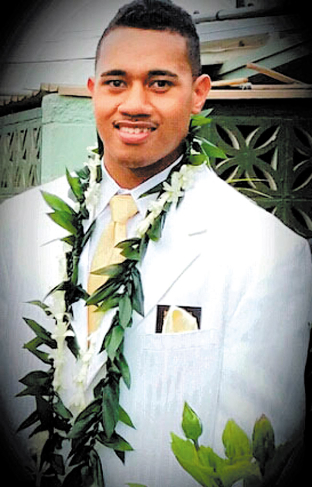Nearly 70 years have passed since the end of World War II. For many among us, a crisis that enveloped the globe and threatened America has become a distant memory.
But it’s important to always remember that the Hawaiian Islands, though remote, occupied a central role in the conflict. The Japanese attacked Pearl Harbor in 1941, bringing the United States into a war, and many of our island people volunteered to serve our nation. None stepped forward in larger numbers than the nisei, the second-generation Japanese-Americans who were eager to prove their loyalty to the country of their birth.
Thousands of them enlisted or were drafted as teens or young men in their 20s, then returned home to help build modern Hawaii. Among them were U.S. Sens. Daniel Inouye and Spark Matsunaga; Gov. George Ariyoshi; educators including University of Hawaii president Fujio Matsuda and Education Department superintendents Shiro Amioka and Teichiro Hirata; state Supreme Court justices Masaji Marumoto, Yoshimi Hayashi and Edward Nakamura, and so many other leaders of our islands and nation. If not for their service and valor on the battlefield, Hawaii would not have achieved statehood until much, much later.
With each passing year their numbers decline, and their stories and achievements go with them. Fortunately for all of us, the sons and daughters of these nisei, as well as the veterans themselves, are hard at work to preserve the legacy of these courageous Americans.
(As an aside, although he is not a nisei, I recently met on Kauai the oldest living veteran on the Garden Island, 100-year-old Gabriel Cataluna. I was attending the funeral services for his relative and a dear friend, former OHA trustee Donald Cataluna. I was impressed with how quickly and proudly he recalled his service in WWII. He knew exactly where in the Pacific he was assigned for duty, and the specific islands where he was engaged in combat. He is a living testimony of the tremendous sacrifices made by the “Greatest Generation.”)
After the war, the veterans established clubs according to the units in which they served: 100th Infantry Battalion, 442nd Regimental Combat Team, Military Intelligence Service, and 1399th Engineer Construction Battalion. In addition to service projects, scholarships, club celebrations and gatherings, educational programs and other activities, the groups individually or collectively are sponsoring projects that perpetuate the legacy of service of Japanese-American veterans.
A group of veterans and children of veterans is working to establish the Nisei Veterans Legacy Center, a combined effort to preserve the stories and artifacts of Japanese-Americans’ service during the war and post-war Hawaii.
The latest addition to the collection of history books and biographies is about the exploits of nisei Arthur Komori, Reflections of Honor: The Untold Story of a Nisei Spy. It was authored by Lorraine Ward and Katherine Erwin, with Yoshinobu Oshiro of the Military Intelligence Service. Komori and Richard Sakakida, another Japanese-American from Hawaii, were recruited by the U.S. Army before the war to gather intelligence in Manila’s Japanese community. After Japan invaded the Philippines, Komori barely escaped to Australia, where he helped set up Gen. Douglas MacArthur’s counter-intelligence operations. The book was published late last year by University of Hawaii Press.
I know there are other efforts under way to help inform the public about the World War II service of the nisei. Those stories need to be told and remembered. All who serve in America’s armed services deserve our respect and gratitude.
Why single out Japanese-Americans? Because the nation did. They were viewed with suspicion and distrust. Once in the Army, they were placed in racially segregated units. On the West Coast, more than 110,000 people of Japanese descent, most of them Americans by birth, were forced from their homes and sent to internment camps for several years. Despite this treatment, more than 20,000 Japanese-Americans served honorably and heroically, writing a lesson in American patriotism that we must never forget.
After the war, President Harry Truman told the 442nd Regimental Combat Team on the White House lawn, “You fought not only the enemy, but you fought prejudice, and you have won. Keep up that fight, and we will continue to win – to make this great Republic stand for just what the Constitution says it stands for: the welfare of all the people all the time.”
With the 33rd U.S. president, his credo was “the buck stops here.” Two years later, Truman wisely ordered an end to racial segregation in the military.
mufi@mufihannemann.com

